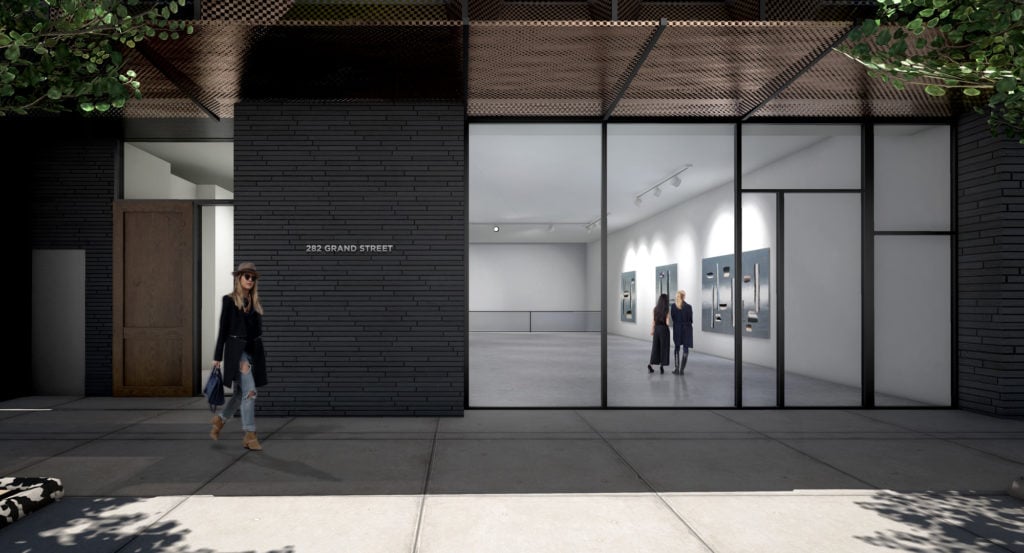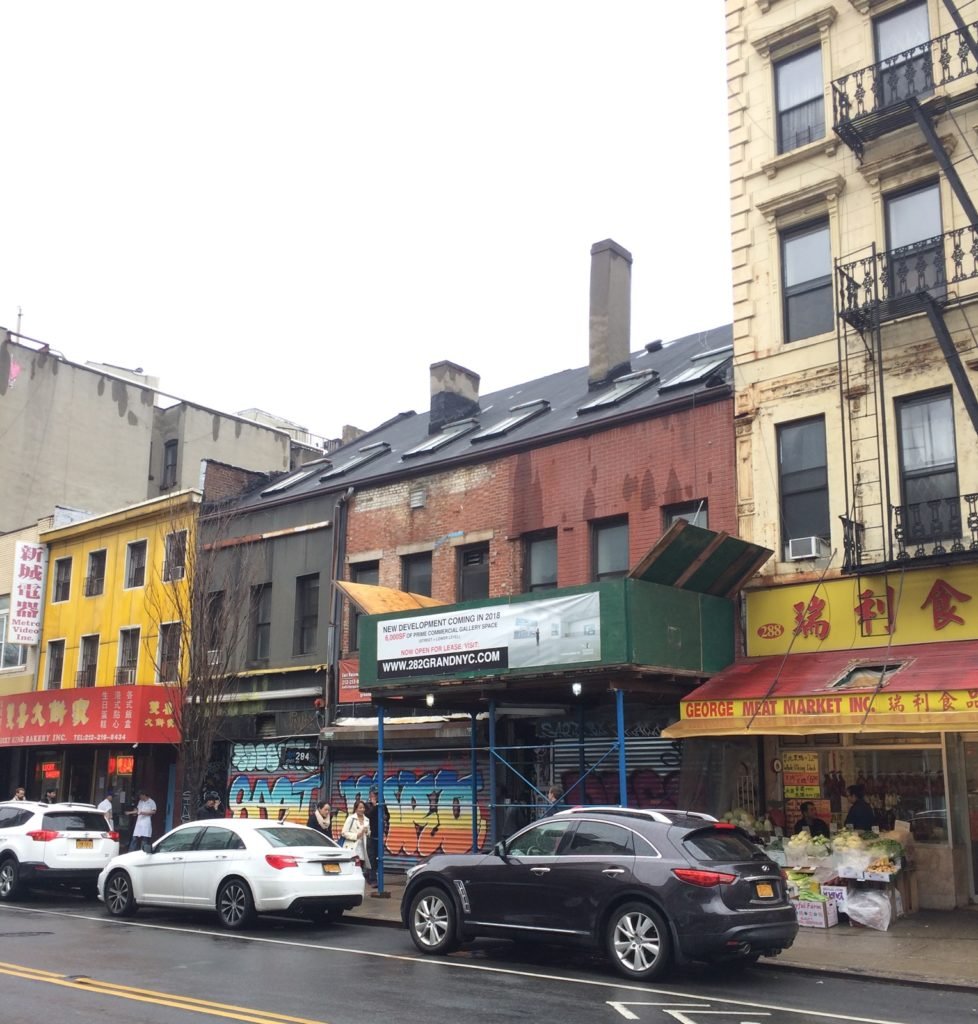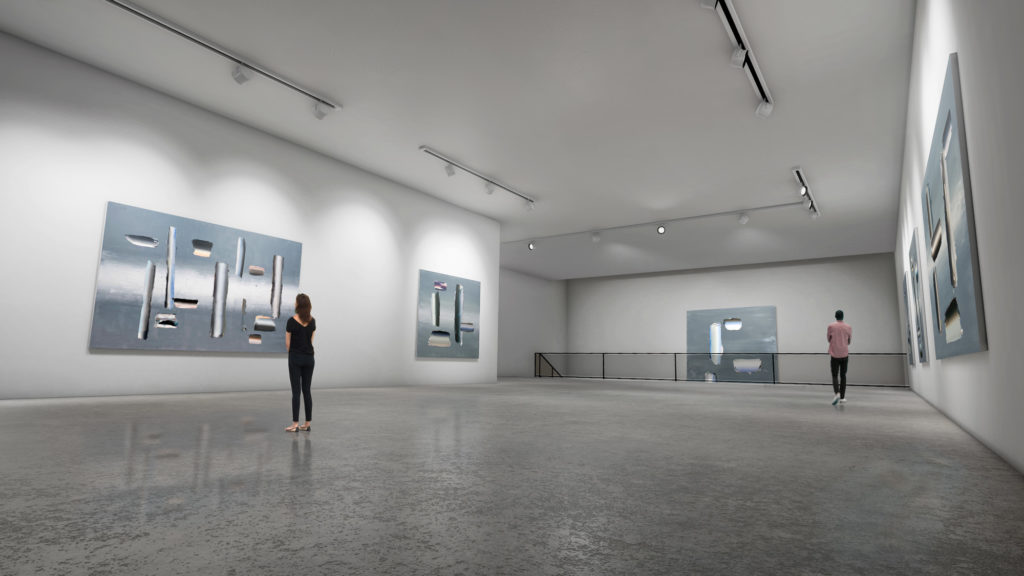Art World
Marc Straus to Build Luxury Condos and Gallery on Gentrifying Lower East Side
The buildings have previously housed a fish market and a massage parlor.

The buildings have previously housed a fish market and a massage parlor.

Sarah Cascone

New York art dealer Marc Straus has announced plans to demolish three historic federal houses on Grand Street, in the much-gentrified Lower East Side, and build an eight-story luxury condominium with a ground-floor art gallery space, the Real Deal reports.
“These three buildings have been in his family for a long time,” gallery partner Ken Tan told artnet News in a phone conversation, stressing the former oncologist’s long-standing connection to the neighborhood and desire to contribute to the community. As for the doomed structures, he said, “they’re kind of falling apart.”
“Marc Straus grew up across the street on Grand Street,” Tan noted. “His dad was a Jewish immigrant who had a textile store. That’s where he worked as a little kid.” Straus is also the co-founder of the Hudson Valley Center for Contemporary Art, in Peekskill, New York.
The three buildings slated for demolition, 282–286 Grand Street, were built in 1820. According to Tan, they’ve hosted various tenants over the nearly 200 years since then, serving as a vegetable store, a fish market, and even a massage parlor.

Straus’s buildings on Grand Street, as they look today. Courtesy Marc Straus.
For the past two years, he added, “we’ve been using it as studio space for artists, a sort of unofficial residency.”
Straus hopes to entice an international gallery to open up shop in the planned 6,000-square-foot commercial space. A tenant from abroad, he says, would befit a street that has historically been a melting pot, home to both Jewish and Chinese communities.
Straus’s connection to the neighborhood aside, the galloping gentrification of the area has been a major concern. Just two blocks away, a block-long building at 45 Rivington Street that was long zoned for nonprofit health care, and had housed an AIDS hospice, was rezoned and sold to a condominium developer, setting off an investigation, as reported in the New York Times.
Gallery owners have found themselves the subject of angry discussions by longtime residents of Chinatown, concerned that their rents will rise as more cultural tenants come in to the neighborhood. New York is not the only city to see such discord. Across the continent, in Los Angeles, the Boyle Heights neighborhood has become a flashpoint, with anti-gentrification activists demanding that recently arrived galleries “leave immediately.”
Tan insists that “We want to keep the spirit and integrity of the neighborhood” in the new construction project, noting that architects Peterson Rich Office have come up with a design featuring a unique street level window inspired by historic buildings nearby.

The planned interior of a gallery space in Straus’s future development. Courtesy Marc Straus.
Construction is scheduled to begin this spring, and the project is expected to be completed in the fall 2018. In addition to the gallery, there will be 20 condos and two penthouses.
“We thought it was really timely,” Tan added, “that we turn these three buildings into something that was more fitting for the new Grand Street.”